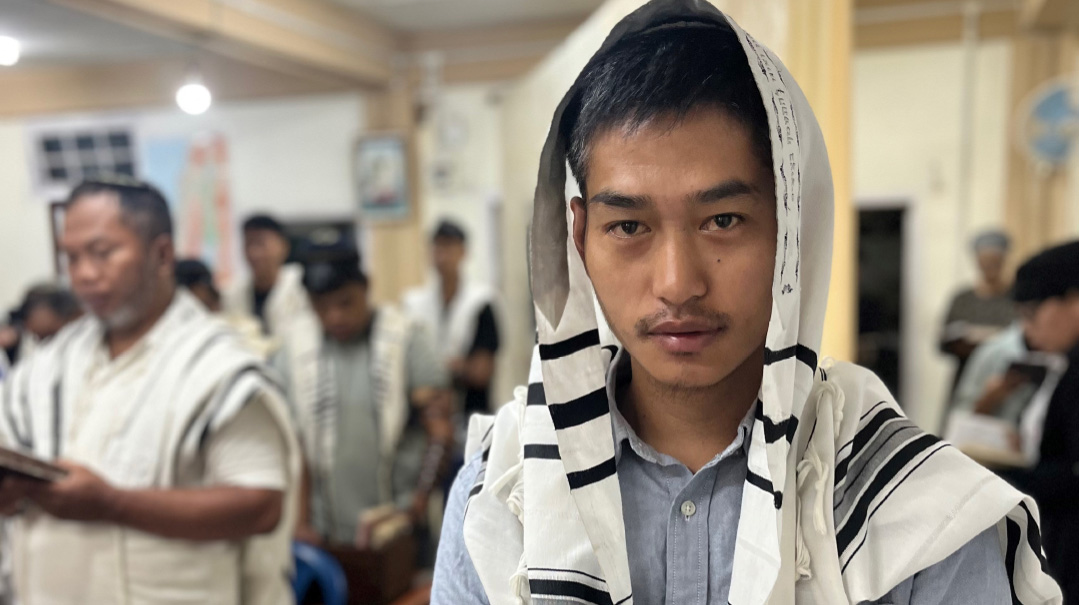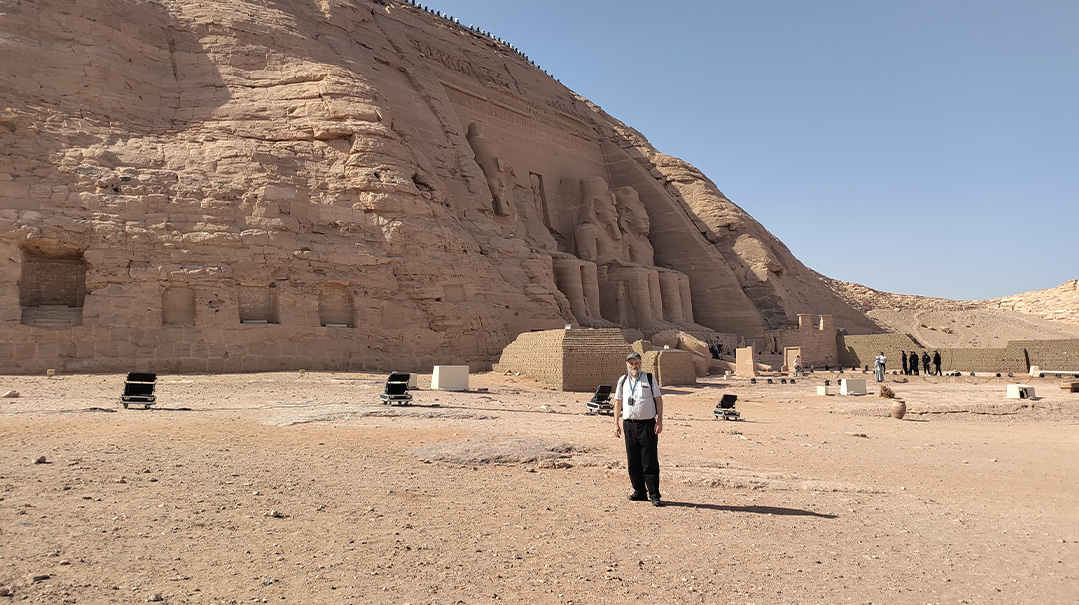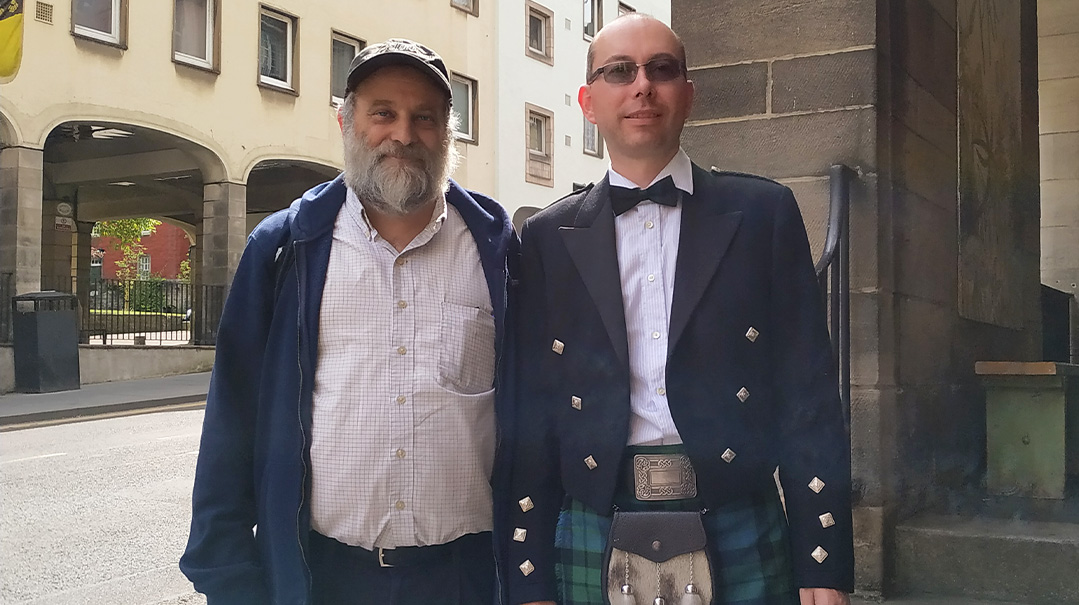Meat and Memories in Uruguay
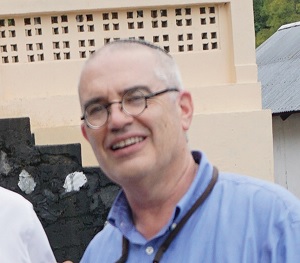
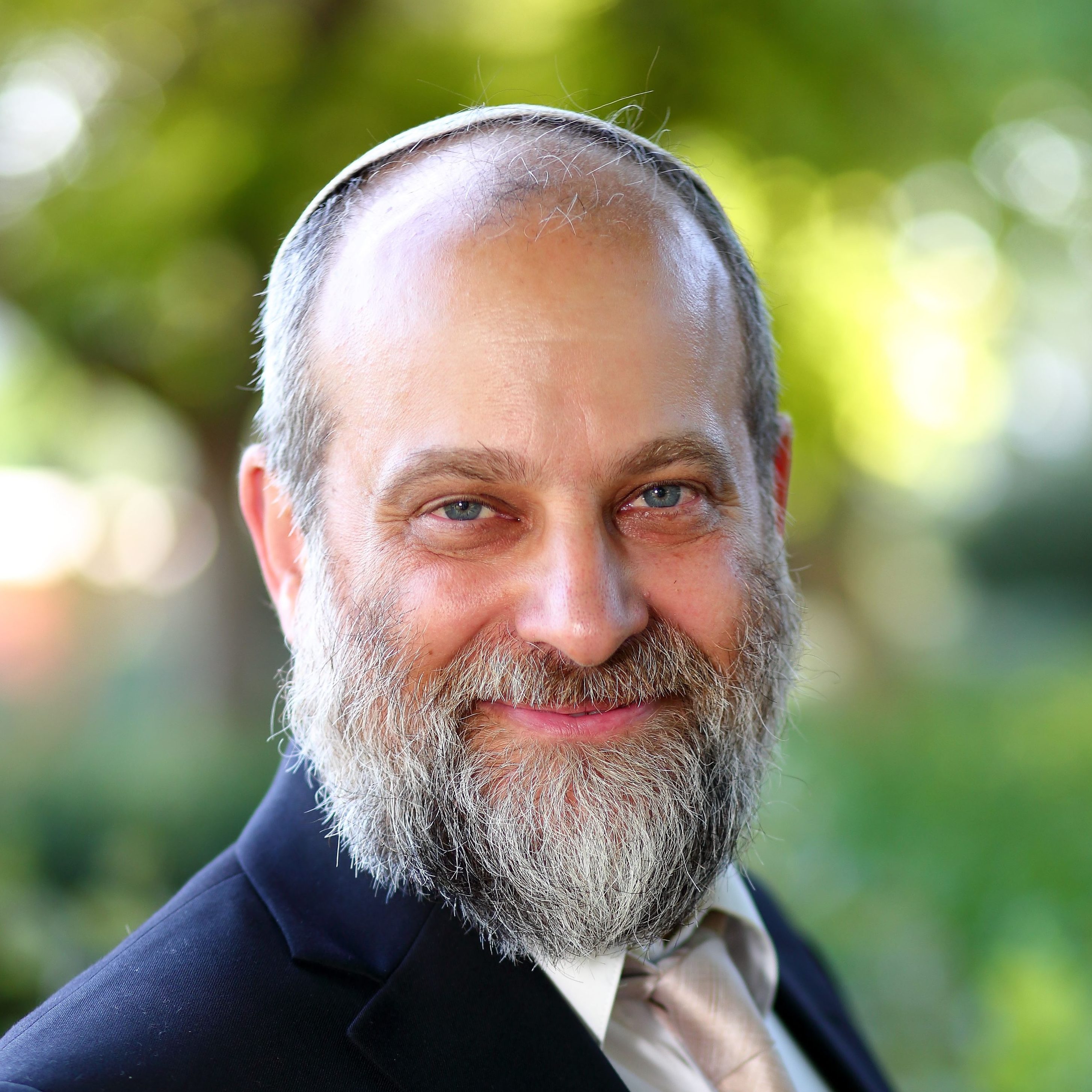

YIDDISHE HEIM You can’t deny the friendliness of the Uruguayan Jews holding their kehillah together. Accountant Itche Margulies shows us how he has archived every Yiddish newspaper to come out of his father’s print shop
U ruguay a small country nestled between the huge territories of Argentina and Brazil on South America’s Atlantic coast doesn’t have a large active Jewish community and is not a common destination for Jews . But we were “in the neighborhood” anyway visiting shochtim and examining the famous South American slaughterhouses of the region so we took the opportunity to scout out Jewish finds in this tranquil warm verdant country. ">
There were three things that brought us to Montevideo Uruguay’s capital: One was our relationship with the country’s current chief rabbi Rabbi Ben-Tzion Spitz. Second was our close friendship with the former chief rabbi Rabbi Eliyahu Birnbaum. Rabbi Birnbaum a native of Uruguay who is today an educator and dayan with Jerusalem’s chief rabbinate is often a traveling partner on our “halachic adventures.” The final draw was an opportunity to share the adventure with a friend from the US a rabbi who has been involved with supervision of the kosher slaughterhouses in the area for many years who agreed to time a visit of his with our planned trip. Figuring that Rabbi Spitz could put us in touch with some interesting local characters to get a sense of the local Jewish history and customs we hit the ground running in order to start exploring.
Offer of a Lifetime
There are an estimated 20000 Jews in Uruguay less than 1 percent of the country’s 3.3 million people. It is a relatively open secular egalitarian country in which one local Jew told us “there may be anti-Semites but there is no anti-Semitism.” Due to its historic stability it’s been dubbed the “Switzerland of South America.” This of course made it an attractive destination for fleeing Jews at various periods of the 20th century. In the 1970s the number of Jews peaked at about 54 000 but aliyah assimilation and emigration to the US Spain Argentina Panama and Mexico due to local difficulties have resulted in a much reduced Jewish community.
Rabbi Spitz actually lives in Israel and travels every few weeks to Uruguay. In fact he never intended to be a religious functionary let alone chief rabbi of a South American country. He was born in New York yet spent much of his childhood in South America where his father worked as a commodities trader and where he picked up fluency in Spanish and Portuguese. He then spent several years learning in Kerem B’Yavneh and Yeshiva University and after making aliyah he learned at Yeshivat Har Etzion and received semichah from Pirchei Shoshanim.
But he never intended to go into the rabbinate — he has a master’s degree in mechanical engineering and worked for a number of years as a nuclear engineer for Raytheon in his words “on some of the biggest and coolest engineering projects one could imagine.” In Israel he managed several technology start-ups and also made time to hone his other love — writing biblical fiction novels several of which have been published.

We couldn’t be guests of the community without participating in an asado. Forget the salads and sides — here every course is another kind of grilled meat
In 2013 he received a surprise and life-changing offer. He was a learned rabbi who spoke English Spanish and Portuguese and was thus offered to become chief rabbi of Uruguay an opportunity that he couldn’t pass up — especially after having fallen in love with the country several years earlier while working on a team doing a site assessment for a 200-megawatt wind farm for Aratiri Mines.
Sitting Together
Rabbi Spitz has a tough job. For a chief rabbi in a country where intermarriage is rampant the halachic issues of marriage divorce and conversion create a set of unique problems. If a divorce needs to take place a beis din is flown over from Argentina to implement it. And because intermarriage and non-halachic conversions are common many people who’ve been actively part of the community for years consider themselves Jewish when in fact they aren’t — often discovering that fact when they move to Israel and need proof of lineage from the chief rabbinate if they want to marry. The main community shul is in the old center of the town in a big building with a large sanctuary from the kehillah’s heyday. Today it has that old musty sort of smell from many years of the same carpet and little change. During our visit the main sanctuary was dark lonely and empty but the rest of the building was all abustle with activity. Rabbi Spitz escorted us around the large building where we saw signs announcing upcoming events including various Israeli dance groups a Yiddish theatre a Yiddish club various volunteer groups such as Bikur Cholim a well-stocked clothing gemach and an extremely active group for disabled people that includes catering Jewish gift production and light assembly work.
The majority of the Jews no longer live in the old Jewish neighborhood of the “centro” so there is no minyan in the main shul and in any event the rabbi’s abode is not near there either. He lives near a small but vibrant Orthodox synagogue that is part of the Jewish school complex. Like all of South America’s Jewish institutions both are heavily guarded since the Iranian bombing of the Jewish community building in Argentina back in 1994. We accompanied Rabbi Spitz to the Yavneh school for Minchah and Maariv where we joined what seemed to be a particularly large crowd.
What was going on here? Rabbi Spitz explained: When Rabbi Eliyahu Birnbaum arrived in 1992 to assume the role of chief rabbi he observed that while funerals were well attended by many of the nonreligious who showed great respect for the dead and the mitzvah of burial few people were properly observing shivah or any mourning rituals. As a means of enhancing observance and involving people in the community he “transferred” the shivah from the home of the niftar to the shul. Family members might still not be sitting shivah halachically but this way they are attuned to the shivah week and do engage in some form of mourning. The entire family of mourners and their friends come to shul for all three tefillos the entire week where the mourners light candles say Kaddish and hear the rabbi speak about the deceased and give strengthening words of Torah. This innovative idea has proven itself: Today in Montevideo even those distant from Judaism show up to shul for that week and say Kaddish and many realize it’s not as threatening as they thought — some of them continue to come and say Kaddish for the whole year.
Then a funny thing happened. After davening as we were looking at the large poster board highlighting pictures of the famous Israeli dignitaries and rabbis who had graced their community in recent years — people such as Rav Shlomo Amar and Rav Shmuel Eliyahu — a member of the “shivah” family a frum guy from Brooklyn recognized us from our Mishpacha articles. We were pleased but not a little embarrassed when he asked his wife to take a picture of him with the two of us.
Oops! We could not locate your form.


